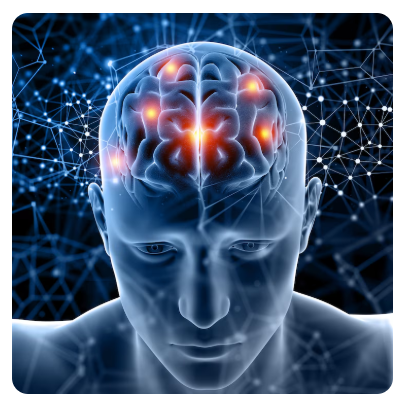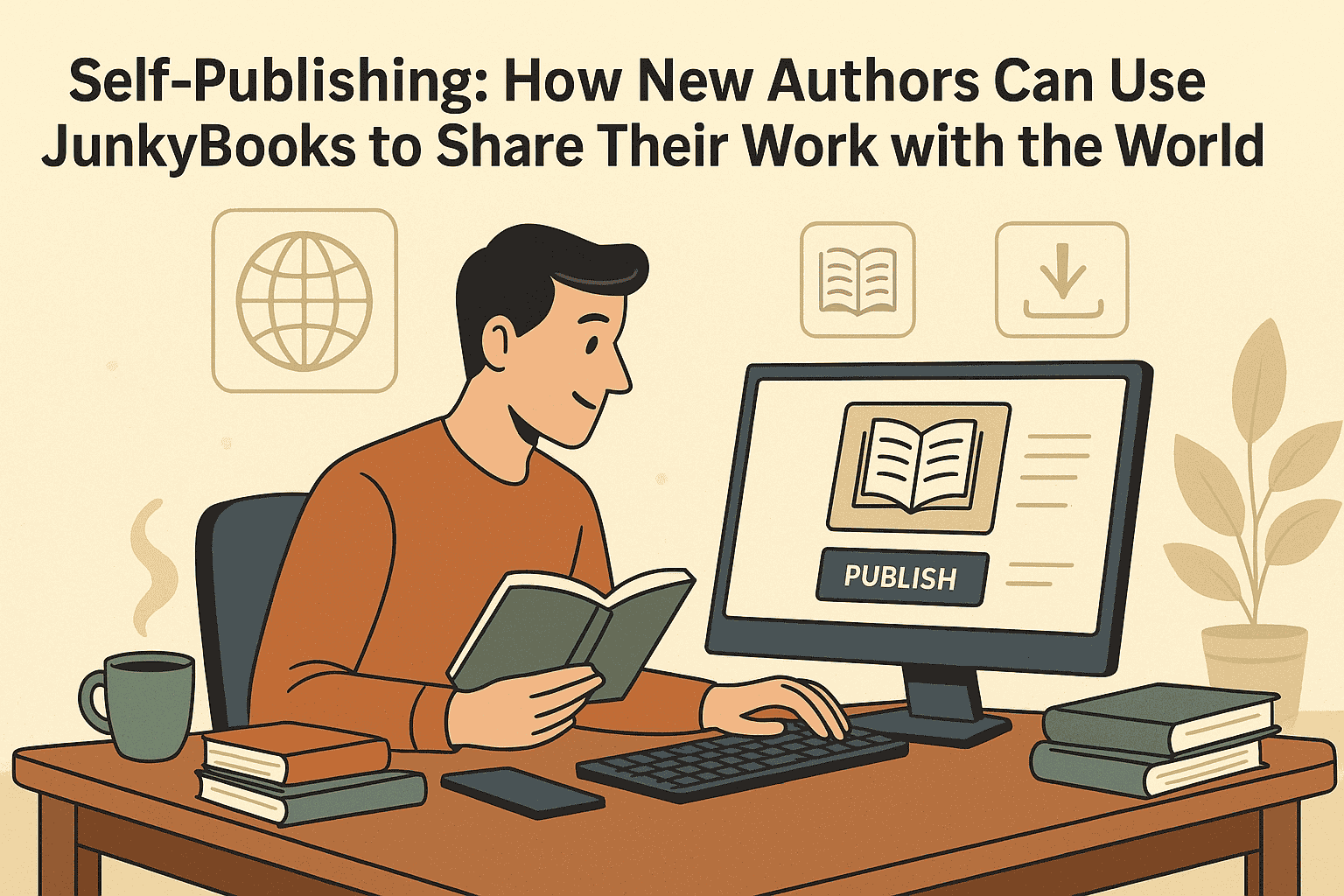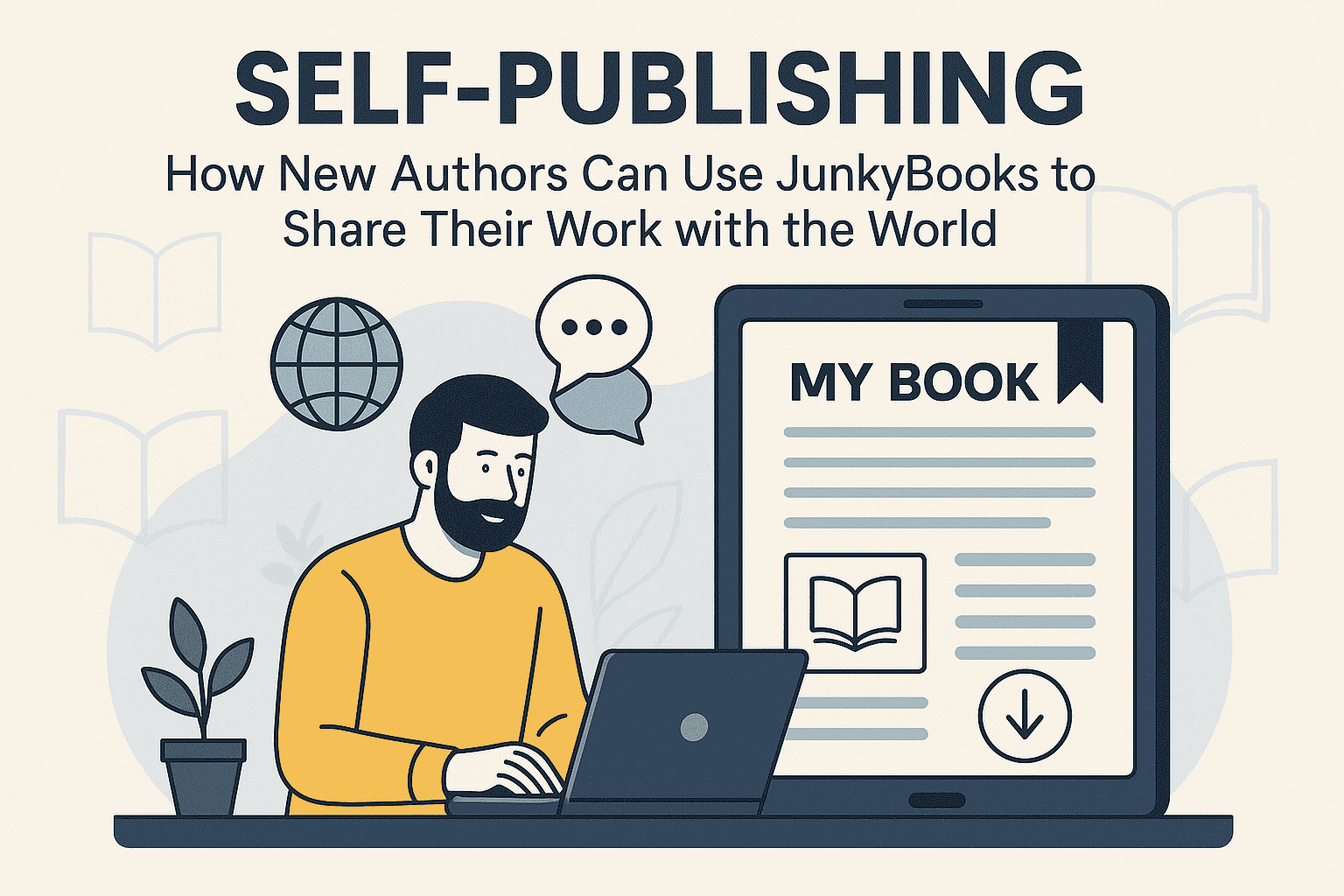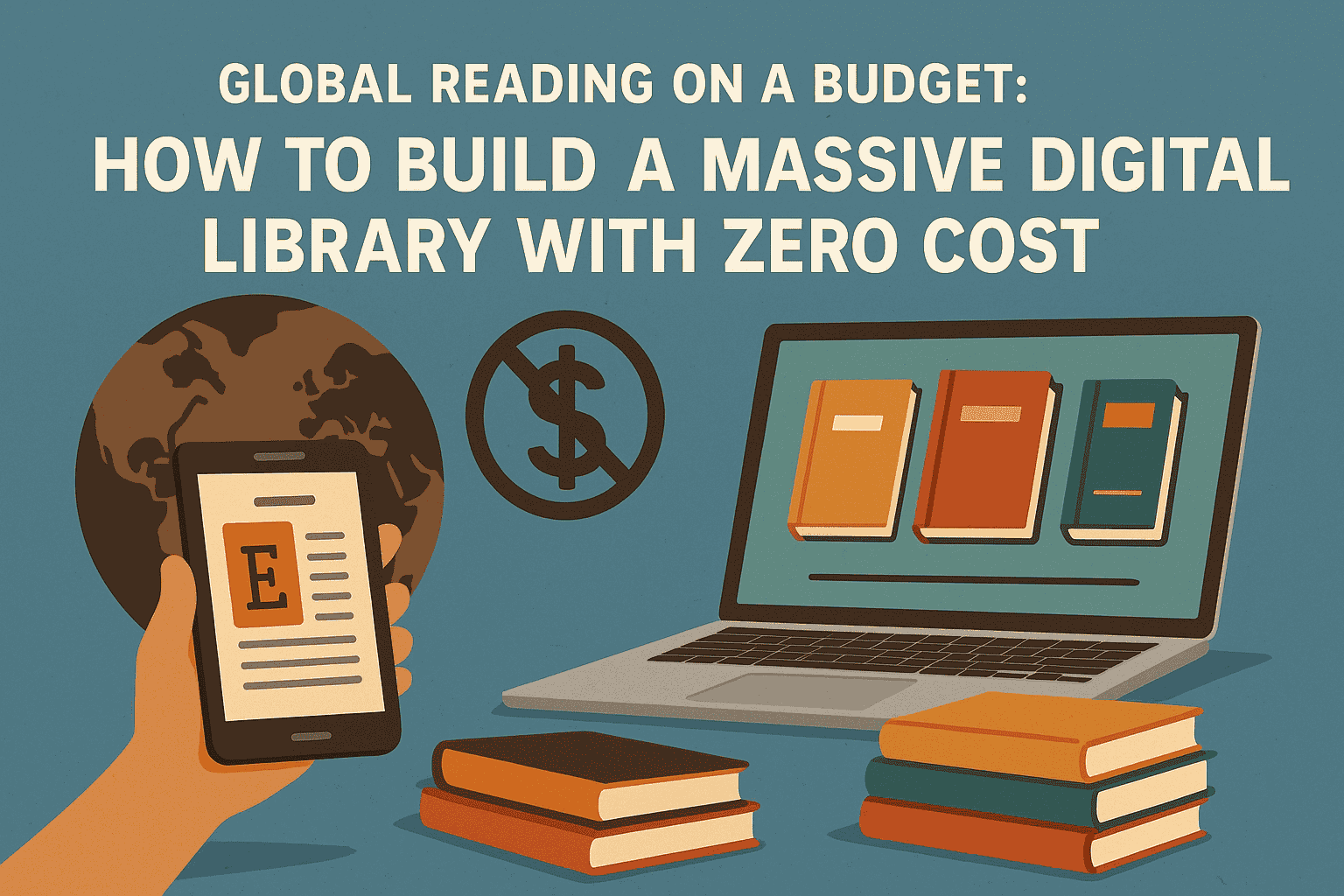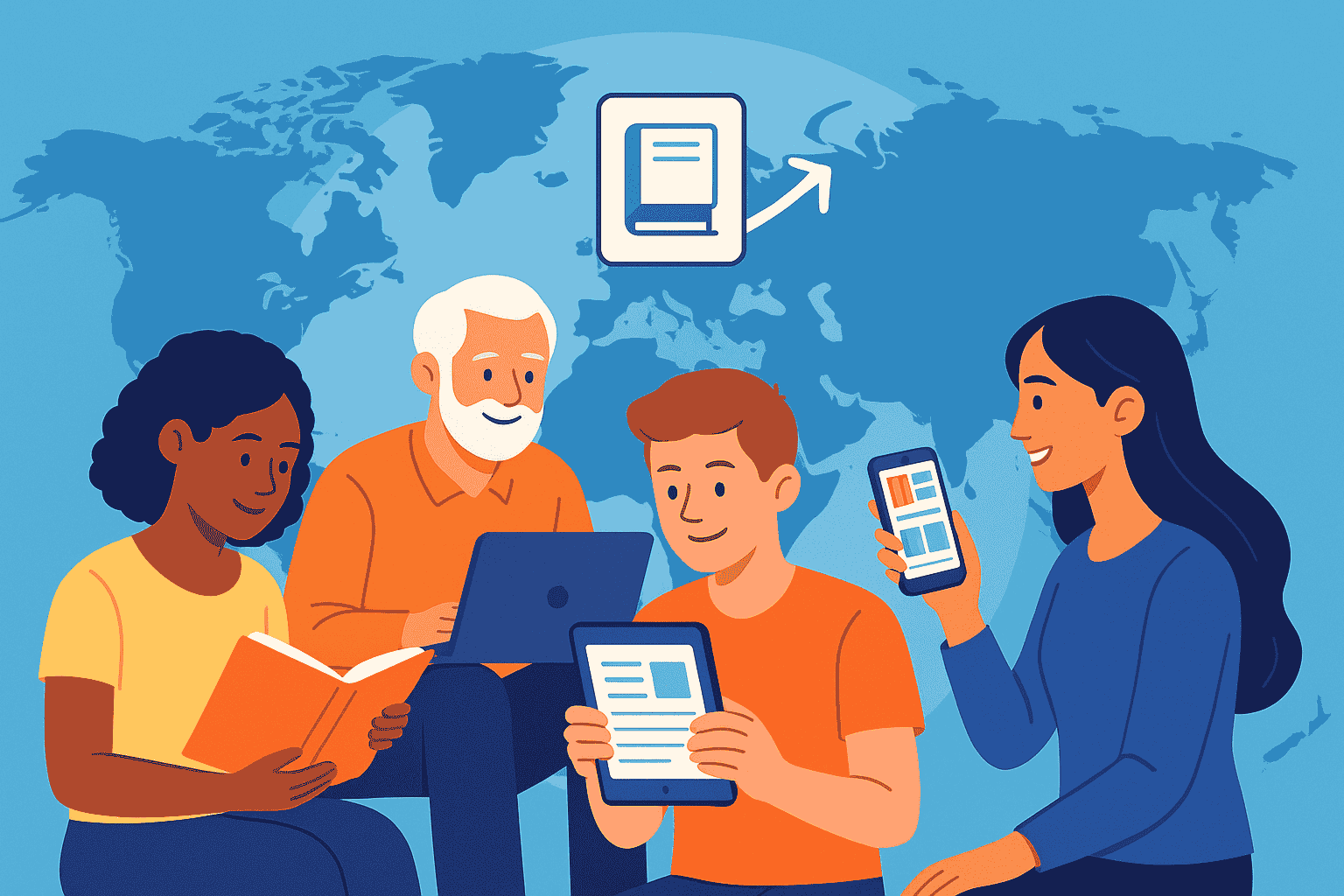Digital Storytelling: The Intersection of Literature and Technology
Stories are as old as humanity. From oral traditions to handwritten manuscripts to printed novels, storytelling has evolved alongside civilization. But in the 21st century, storytelling is undergoing a radical transformation thanks to technology. Enter digital storytelling—a dynamic intersection of literature and digital media that is reshaping how narratives are created, shared, and experienced.
Digital storytelling is not just about putting stories on screens. It’s about how technology enables new forms of narrative—interactive fiction, multimedia novels, transmedia storytelling, social media fiction, and more. In this blog post, we’ll explore how literature is changing in the digital age, how authors are harnessing technology to push creative boundaries, and what this means for the future of narrative art.
What Is Digital Storytelling?
Digital storytelling is a broad term that refers to the use of digital tools to tell stories. This can range from blog-based memoirs and Instagram poetry to interactive video games and AI-generated narratives. What makes it distinct from traditional storytelling is the integration of multimedia elements (text, images, video, audio, and interactive design) and often, audience participation.
Digital storytelling is not a genre—it’s a medium, a way of telling stories that reflects the technological landscape of the time. And it’s changing not just how stories are told, but who tells them and how we consume them.
From Page to Pixel: Literature in the Digital Age
Traditionally, literature was confined to physical formats: books, magazines, and newspapers. But with the rise of the internet and digital devices, literature has found new spaces to flourish.
E-books and audiobooks made reading more accessible, while platforms like Wattpad, Kindle Direct Publishing, and Substack democratized publishing, giving independent writers a global audience. But more importantly, digital tools have enabled non-linear, multimedia, and collaborative narratives that were previously impossible.
Some examples include:
-
Hypertext fiction, where readers click links to choose their narrative path.
-
Interactive novels, where choices affect the outcome of the story (popular in platforms like Choices, Episode, and Twine).
-
Augmented reality poetry, where users use their phones to interact with verse in physical spaces.
-
AI-generated narratives, such as stories created with GPT models or other natural language processors.
-
Digital graphic novels, which integrate animation, music, and sound effects.
These forms challenge the idea of a story as something linear, fixed, and closed. Instead, they offer fluid, participatory, and evolving experiences that redefine what literature can be.
The Role of the Reader in Digital Storytelling
One of the most transformative aspects of digital storytelling is the empowerment of the reader. In traditional literature, the reader's role is largely passive. In digital storytelling, the reader often becomes a co-creator or active participant.
In interactive fiction and role-playing games, for instance, readers make choices that determine character fates, moral outcomes, or even the structure of the plot. In social media storytelling, audiences comment, share, remix, and extend narratives, blurring the lines between creator and consumer.
This participatory model aligns with the broader shift in digital culture from consumption to interaction, where value is created not just by content, but by community engagement and co-authorship.
Technology as a Narrative Tool
In digital storytelling, technology is more than a medium—it becomes part of the story itself. Writers and creators use technology not just to distribute content, but to shape narrative structure, atmosphere, and meaning.
For instance:
-
Sound and music can set mood or tension in digital horror stories.
-
GPS and mobile sensors allow for location-based storytelling, where a user’s physical environment influences the narrative.
-
Social media platforms have become canvases for serialized fiction told through tweets, posts, and multimedia threads.
-
Video game engines create immersive narrative worlds where story, environment, and gameplay are inseparable.
In these cases, technology is no longer just a delivery mechanism—it’s an integral part of storytelling design. This opens up new artistic possibilities, but also requires creators to think like both writers and engineers.
Literature Meets Code: Writers as Programmers
As storytelling becomes more digitized, writers increasingly find themselves learning skills outside traditional literary training. Code, for example, becomes a new language for shaping story structure and interactivity. Platforms like Twine, Ink, and Unity enable writers to build branching narratives, design game mechanics, and integrate multimedia components.
This fusion of writing and coding signals the emergence of a new kind of author: the digital storyteller, who is as comfortable with syntax and logic as with metaphor and plot. These creators must think not just about character and theme, but also about user interface, interaction design, and digital flow.
Challenges of Digital Storytelling
While digital storytelling offers exciting opportunities, it also presents challenges:
-
Ephemerality – Digital content can be easily lost, deleted, or become inaccessible due to platform changes, software obsolescence, or data decay.
-
Access and Inequality – Not everyone has access to the technology needed to create or consume digital literature, leading to digital divides.
-
Monetization and Copyright – Digital works are harder to protect and monetize, raising concerns for authors about fair compensation and intellectual property.
-
Platform Dependency – Creators are often at the mercy of social media algorithms or platform policies, which can alter visibility or even remove content.
-
Overload and Attention – The sheer volume of digital content competes for attention, and readers may be less inclined to engage deeply with long or complex narratives.
These issues suggest that while digital storytelling is powerful, it must be approached with critical awareness and ethical consideration.
AI and the Future of Storytelling
One of the most intriguing developments in digital storytelling is the rise of artificial intelligence in narrative creation. AI tools can now generate poetry, dialogue, entire story drafts, or even dynamic storytelling that responds to reader input in real-time.
Projects like ChatGPT, NovelAI, and Sudowrite assist authors in generating content, brainstorming plot twists, or overcoming writer’s block. Meanwhile, AI-driven chatbots and characters in games or apps can engage users in lifelike conversations, creating a sense of intimacy and immersion.
But these advancements raise critical questions:
-
Can AI ever truly be creative, or is it just remixing existing content?
-
What happens to authorship when machines contribute to the writing process?
-
Could AI-generated literature replace human-created art—or should it?
As AI becomes a co-author, the very definition of authorship and originality is being reimagined. While machines may never replicate the emotional depth and lived experience of human writers, they will likely play a growing role in how stories are conceived, structured, and delivered.
Digital Storytelling in Education and Activism
Beyond entertainment, digital storytelling is proving to be a powerful tool for education and social change. Educators use interactive narratives to teach empathy, history, science, and ethics. NGOs and activists use multimedia stories to amplify marginalized voices, document human rights abuses, and drive community engagement.
Because digital stories can combine testimony, imagery, data, and interactivity, they become emotionally resonant and informative. They don’t just tell people what to think—they let them experience different perspectives and make personal meaning from them.
This capacity to evoke empathy and spark action shows that digital storytelling isn’t just an artistic innovation—it’s a civic and moral one as well.
Conclusion: A New Chapter for Literature
Digital storytelling represents a profound evolution in how humans communicate meaning, culture, and emotion. It’s not the death of traditional literature—it’s its rebirth in a new form, one that embraces technology as a collaborator in creativity.
As we continue to explore this intersection between literature and technology, we must ensure that human values—empathy, justice, curiosity, and beauty—remain at the core. Whether crafted by human hands or machine learning models, the goal remains the same: to tell stories that move us, challenge us, and bring us closer to understanding one another.


